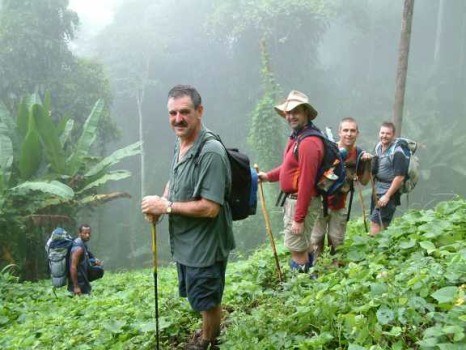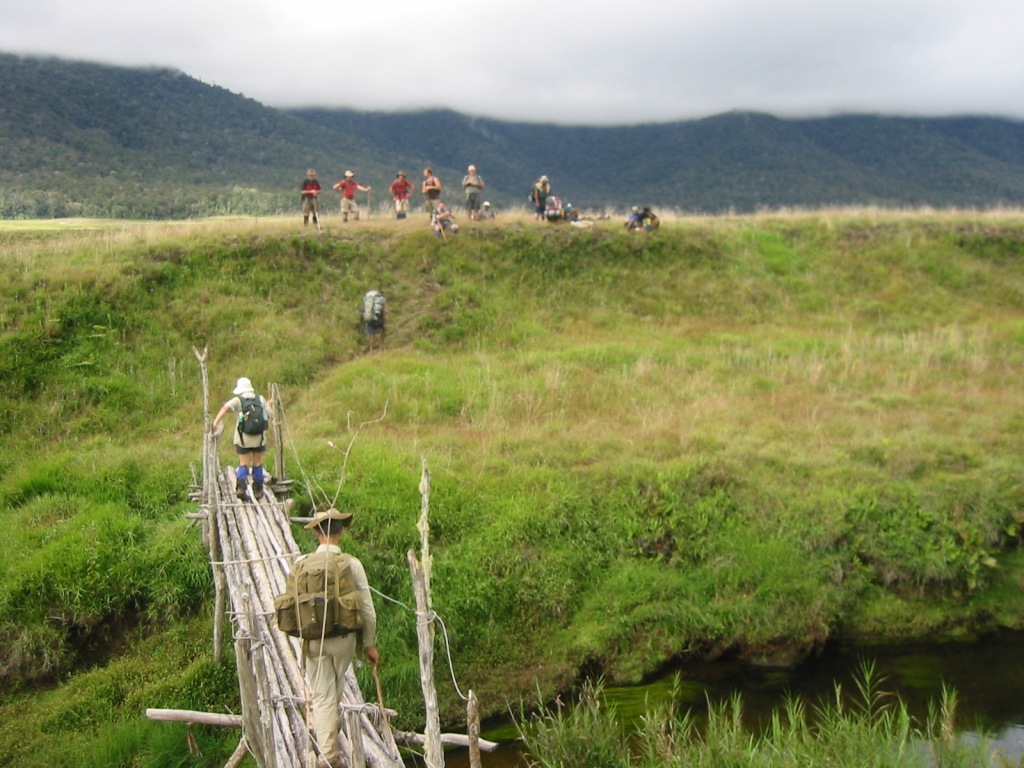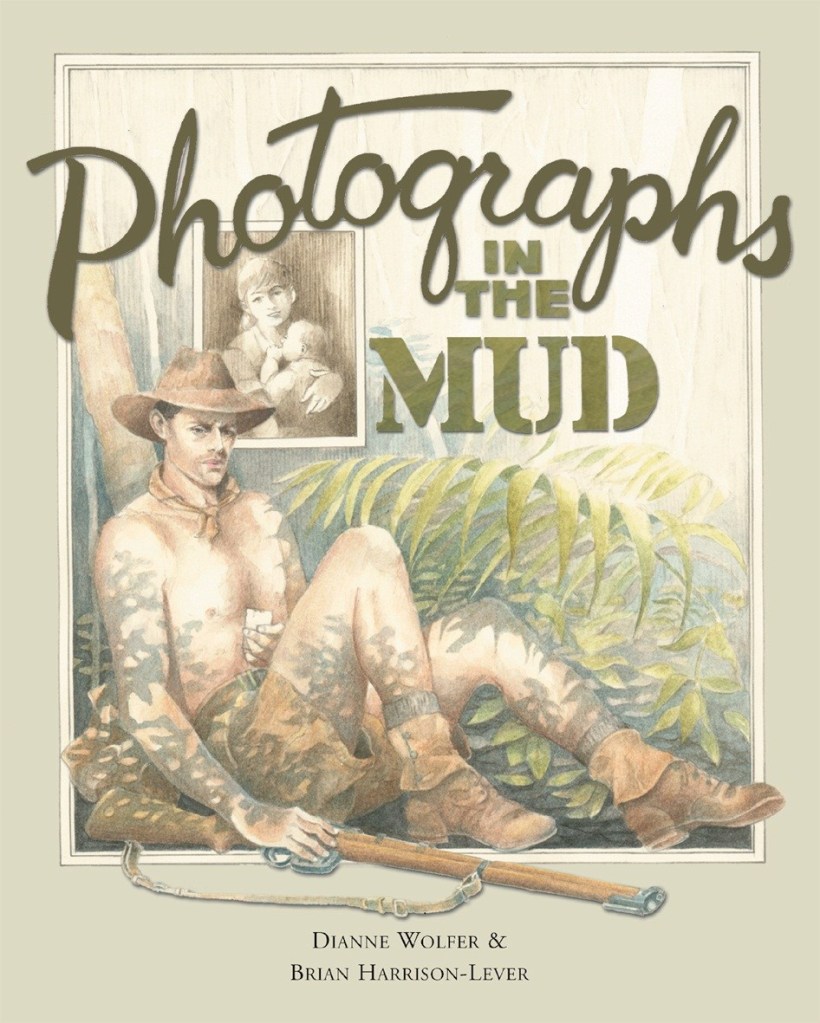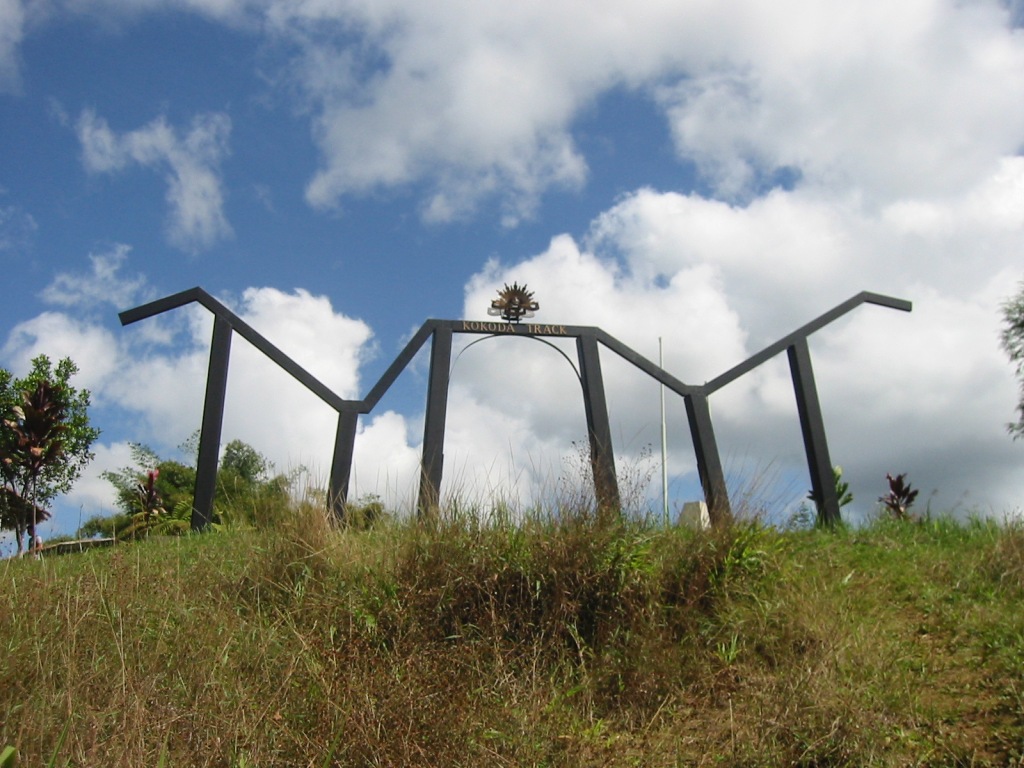The school year is winding up. Library, school and conference visits are mostly completed, and even in Albany the days are warming. It’s now the season for intensive writing time at my desk.
First up, I’ve returned to a long ago YA novel called Shadows Walking. I began this story in 2002 (I know). Shadows Walking is set in wartime Papua New Guinea and current time California/Australia. I’ve had to mega-edit the latter! The book was optioned for publication long ago but that lapsed and by then I was busy with Lighthouse Girl and then the others in the ‘Light’ series as well as PhD research and linked novels …
 Re-reading the old manuscript has been interesting, wondering whether it’s worth putting in the months of effort needed to tighten and reshape the story. I’ve decided yes, and so far I’ve removed some characters, lowered the age of my central character as well as done some serious slash and burn editing. The good news is that I can see that I’ve improved in my craft over the past fifteen years.
Re-reading the old manuscript has been interesting, wondering whether it’s worth putting in the months of effort needed to tighten and reshape the story. I’ve decided yes, and so far I’ve removed some characters, lowered the age of my central character as well as done some serious slash and burn editing. The good news is that I can see that I’ve improved in my craft over the past fifteen years.
Since 2002, when I walked the Kokoda Track to research this story, another Kokoda linked title has been published. Photographs in the Mud (2005) shares similar themes to Shadows Walking and in some ways is a crystallisation of the longer novel, but only in some ways. Returning to the novel is timely; this year I’ve been honoured by people approaching me at conferences and schools to say how much they enjoy Photographs in the Mud. It was my first picture book (not one for young children) and I’m grateful that in these days of books going out of print so quickly, Fremantle Press have kept this one. Hurrah for them. Another fun part of returning to Shadows Walking is revisiting photos from the trek. Here is a collage. I look so much younger.
I’m hoping to complete my through-edit soon. Then I have a list of other projects I’d like to start, none of which involve war!
I’ll keep you posted on my progress …






 Re-reading the old manuscript has been interesting, wondering whether it’s worth putting in the months of effort needed to tighten and reshape the story. I’ve decided yes, and so far I’ve removed some characters, lowered the age of my central character as well as done some serious slash and burn editing. The good news is that I can see that I’ve improved in my craft over the past fifteen years.
Re-reading the old manuscript has been interesting, wondering whether it’s worth putting in the months of effort needed to tighten and reshape the story. I’ve decided yes, and so far I’ve removed some characters, lowered the age of my central character as well as done some serious slash and burn editing. The good news is that I can see that I’ve improved in my craft over the past fifteen years.




